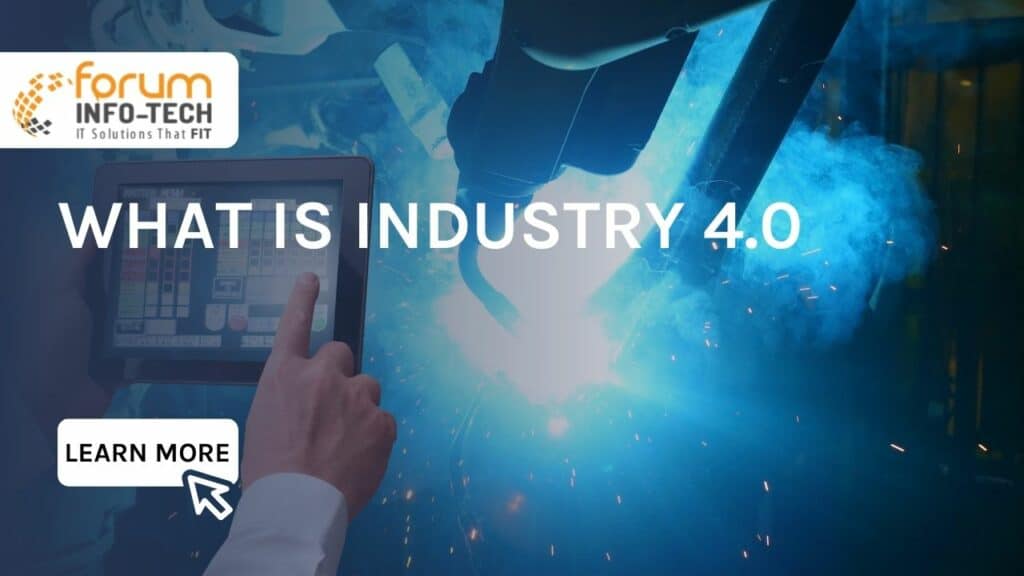Industry 4.0 is the fourth industrial revolution. This one includes the technology of automation in industrial practices. It is machine-to-machine communication and integrates how all the digital devices and machinery are interconnected with each other. The entire purpose of this revolution is to increase efficiency by reducing the need to oversee the machinery. This revolution is to improve communication between the machines and enable self-monitoring where smart machines are produced. These machines will be able to diagnose and analyze issues independently without the need of humans.
Background
The idea of a fourth industrial revolution originated in 2011 as the name of Industry 4.0 or I4. The German government has always been one of the leading governments to promote computerization and digital innovation. They were the first to include computerization in manufacturing. The initial strategy of Industry 4.0 was to involve customization and automation technology for mass production without the intervention of the human touch.
Objectives
Artificial intelligence is the key feature in this revolution because these machines would not function without AI and will require human supervision. The previous industrial revolutions were very beneficial globally. They came with many advantages intended to make work and everyday tasks easier for humans. No less is expected from this fourth industrial revolution. There are four main aspects that Industry 4.0 is intended for.
Technical Assistance
All of the industrial revolutions had one thing in common: they helped make human life easier. Industry 4.0 comprises the technological facilities of machines and systems supposed to assist humans in decision-making and problem-solving.
Interconnection
One of the essentials of Industry 4.0 is interconnection. For this revolution to be beneficial to humankind, there needs to be a system where people can easily connect and communicate with machines and devices and vice versa. Interconnection is included in one term called the Internet of Things or the Internet of People.

Information Transparency
Since there is a lot of interconnectivity between all the parties/entities involved in the fourth industrial revolution, there is complete transparency between all the operators and the operating system. Information known to one is information known to all. All kinds of data are collected and used for any improvement that may be required to increase functionality.
Independent Decisions
Since all these systems are based on artificial intelligence and complete transparency in the information and data available, these digital and cyber systems can make their own decisions and have autonomy in what they do and how they perform tasks.
Components of Industry 4.0
Industry 4.0 is spread across numerous elements, each with its unique features but ultimately aiding to the same purpose. A few of them are mentioned below.
The Internet of Things
The Internet of Things (IoT) is the most used term when it comes to Industry 4.0. The reason for this is explained in its definition. The Internet of things is a network of physical objects and devices that are connected to the Internet for the sole purpose of exchanging information and data. This exchange is done to improve efficiency and productivity in any lacking aspect. The Internet of Things is important because this intercommunication is one of the most important features of Industry 4.0
The devices involved have sensors built into them that connect the devices to the Internet. All the data is automatically shared to a platform that makes the information accessible to anyone involved in the network.
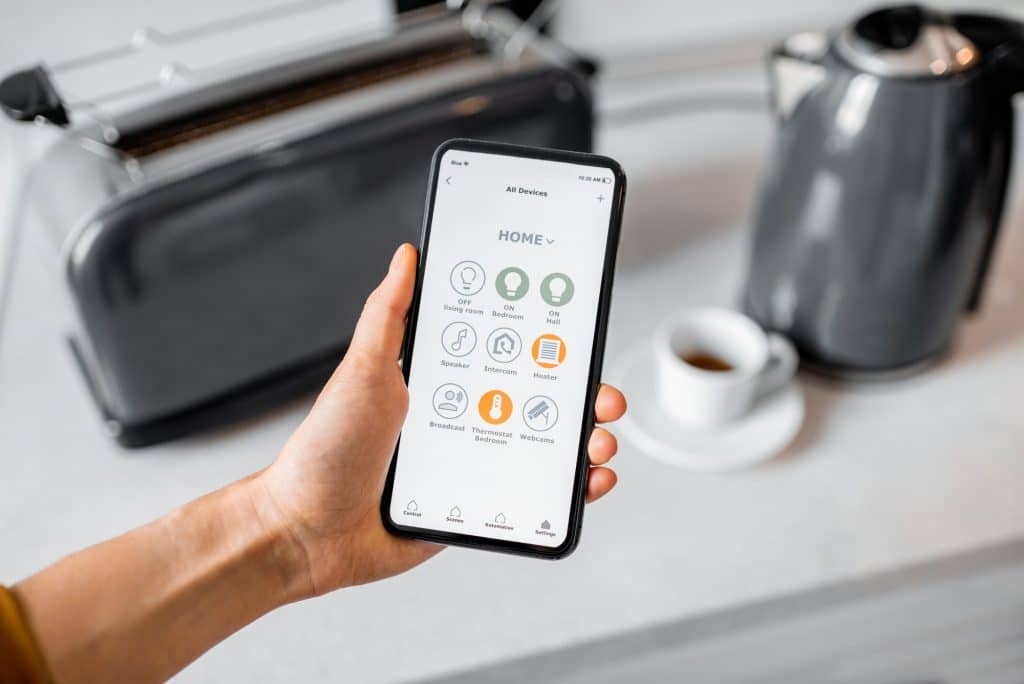
Cyber-Physical Systems
We talked about what the Internet of Things is, and now we will dive into how it is formed. Cyber-Physical systems have been transforming the way we interact with computers and various other engineered systems. Cyber-Physical Systems are combinations of networking, computation, and physical process, etc. All these factors and incorporated into physical objects allow them to be connected to the Internet and other systems. These systems can have various uses in the future.
For example, in the healthcare system, CPS is currently being incorporated into treatments and diagnostics. It is said that sensors will be able to detect any changes in health conditions. It will even go as advanced as completing robotic limbs, which will help the physically disabled and augment human abilities.
Small Factories
All these factors and components are interconnected with each other. Often each component comprises a combination of other factors that help in the progression. Industry 4.0 has also intended to revolutionize the manufacturing system as well; of course, they will start small. A better, more adaptive, and responsive manufacturing process has been promised through artificial intelligence and the Internet of things.
All the equipment and devices are supposed to be connected and are supposed to work harmoniously with each other; this connected communication ensures that the equipment performs efficiently and productively as possible.
Cloud Computing
Cloud computing is just another method of effective communication between people and devices. It is best used for storage and networking. These systems store your data, and you can access them any time you want to. If you allow access to other people, your data will be visible to all of them. Cloud-based systems are essentially beneficial and efficient in sharing and protecting your information.

Cognitive Computing
Cognitive is closely related to the meaning of thinking and perceiving. Cognitive computing is when several computerized tools and models are used to establish and simulate the human thought process. This system is beneficial in identifying how to human brain works, and it is a pretty neat trick. A computer can calculate the amount of information required and the number of factors involved in deciding.
As mentioned earlier, a lot of the components of Industry 4.0 are interconnected with each other. There are lots of overlaps between cognitive computing, robotics, and artificial intelligence. So as a previously mentioned example, one can also use cognitive computing to create functional robotic limbs to aid the physically disabled population.
Artificial Intelligence
Even though there is a lot of overlap between cognitive computing and artificial intelligence, there are also some significant differences. Artificial intelligence is not as new as cognitive computing. When we talk about artificial intelligence, it mostly includes machine learning, language processes, etc., whereas cognitive computing can simulate sentiments and project responses.
With artificial intelligence, computers can learn what humans can do and execute these learned processes with ease. Cognitive computing is where computers start thinking and predicting like humans.
Augmented Reality
Augmented reality (AR) is one of the biggest technological trends around. It has been growing more and more as technology is made more accessible to people worldwide. Augmented reality helps us experience and see things that are not present live. It can drop you down into a movie and make you feel like you’re a part of it. Every experience will be as real as ever.
Augmented reality has helped more than the entertainment industry. It has helped enhance navigation systems, aided military fighter pilots by providing them with information right in front of their eyes. It has helped neurosurgeons in the projection of a three-dimensional brain to aid them in surgery. The potential of augmented reality is limitless.
Simulation
Simulation is feeding all kinds of information into a computer and imitating real-world scenarios and processes in a computerized manner. Simulation is a great way of experiencing situations that some people otherwise can miss. It also helps in finding out a probable outcome of action with different factors and variable inputs. Simulation techniques have been used to assess how plane crashes occur and if the pilots could’ve done something differently to avoid the outcome.
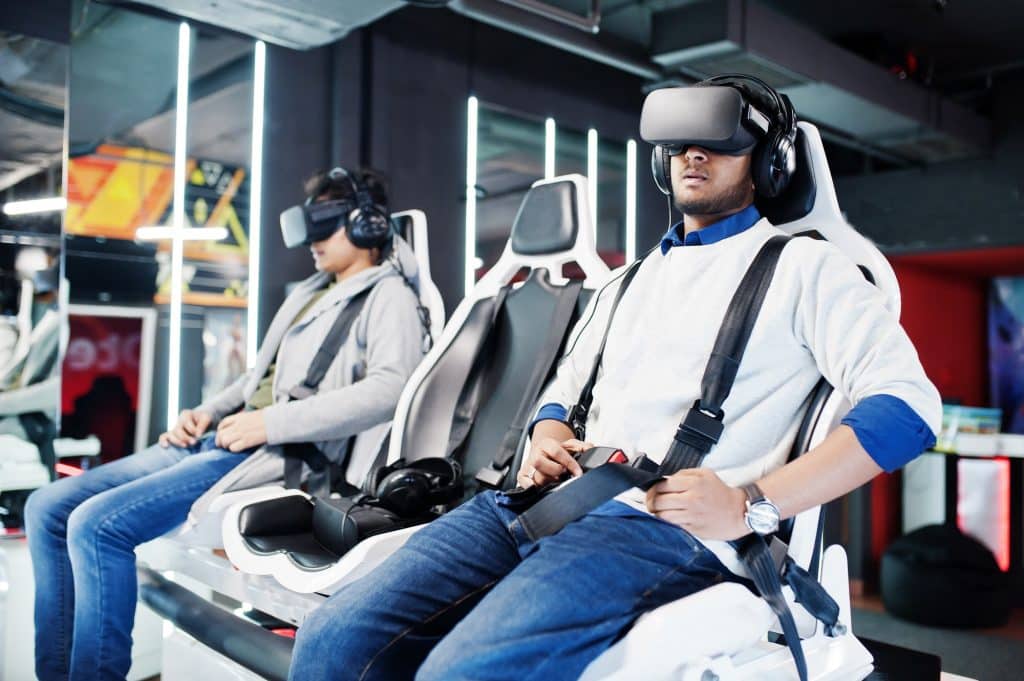
Horizontal and Vertical Integration
There are levels of communication in management, and they are within the manager and his team (horizontal communication) and then with the manager and his superiors (vertical communication). And different levels of management go from workers to middle managers, senior managers, and then executives. Horizontal and vertical communication is how information flows in a managing style. The flow of information is not all that different when it comes to industry 4.0. Namely, there are two types of integrations: horizontal integration and vertical integration.
Horizontal Integration
The horizontal integration takes place from the suppliers to the consumers. It takes place in four steps. The suppliers and other partners first work in the development process. Here they brainstorm and come up with new designs and then work towards making prototypes and testing them. Then they launch their new product into the market.
Then once the design is finalized, the production process comes into play. All the production planning is done, all relevant information about the materials and staff is communicated, and the supplies are procured. Now the actual manufacturing part comes where the aspects of industry 4.0 take their place. And finally, the production process is completed.
Then comes the logistics part, where the preparation of the order and shipment takes place. This process can include cloud-based systems for checking all the proceeded orders and constantly updating them for the supplies and the customers.
The last step is distribution. This aspect includes the processing of orders, delivery, and shipment, tracking, etc. The aspects of industry 4.0 that come here could again be the cloud system and the Internet of things where all this information is going to one place, being communicated to everyone involved.
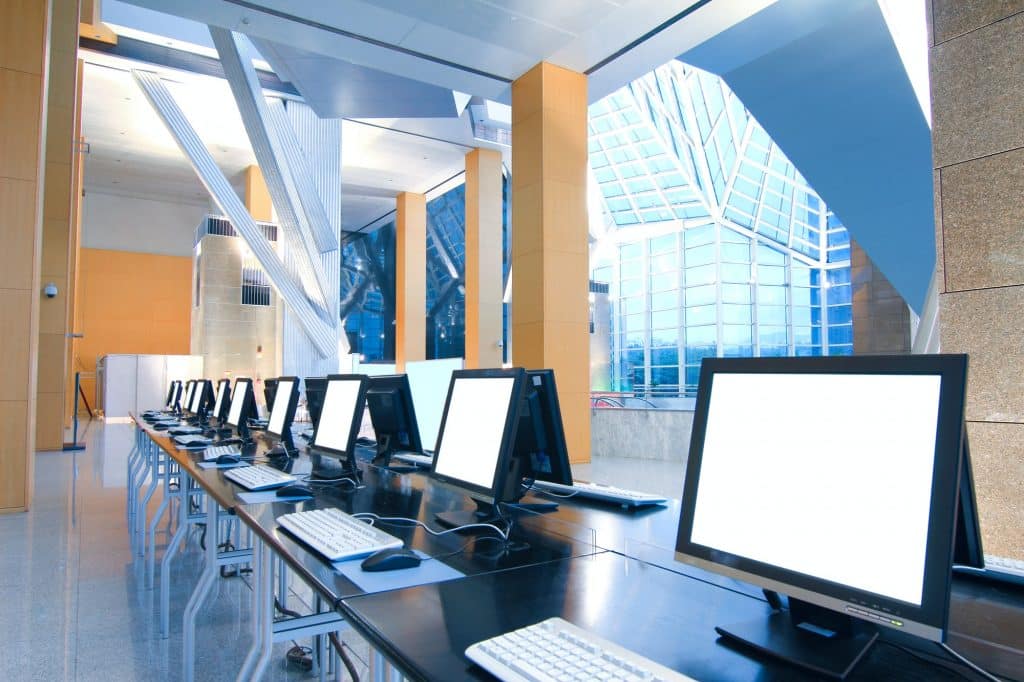
Vertical Integration
We can say that horizontal integration is about the flow of information in the supply chain, between the suppliers and the customers, but vertical integration is different. It is more about the IT systems in hierarchal components according to production and manufacturing levels. It is a more in-depth version of the production component in the horizontal system.
It begins on the field level, where the actual interfacing takes place. The interfacing is done through sensors and actuators. Then there is a control level where the programmable controllers are taken care of to regulate the machine systems. We then move forward to the production level after all the machines and the equipment are checked. Now there’s just the monitoring and control of the product line to ensure everything is one track.
Once the machinery, equipment, and production are kept in check to ensure there are no issues, you move towards planning the production and executing the manufacturing process. Then different cloud-based systems and IoTs are used to keep track of the orders, their processing, and whatnot.
History
Industries have been essential to the global economy for centuries. The first industrial revolution replaced the hand production methods with machines, the increased steam and waterpower, mechanized factory system, and much more.
First Industrial Revolution
The first industrial revolution took place by the second half of the 18th century and the early 19th century. It was the first time the use of machines, steam power, waterpower, etc., increased and replaced the hand production system. It started with a small number of innovations like steam engines and power looms, etc.
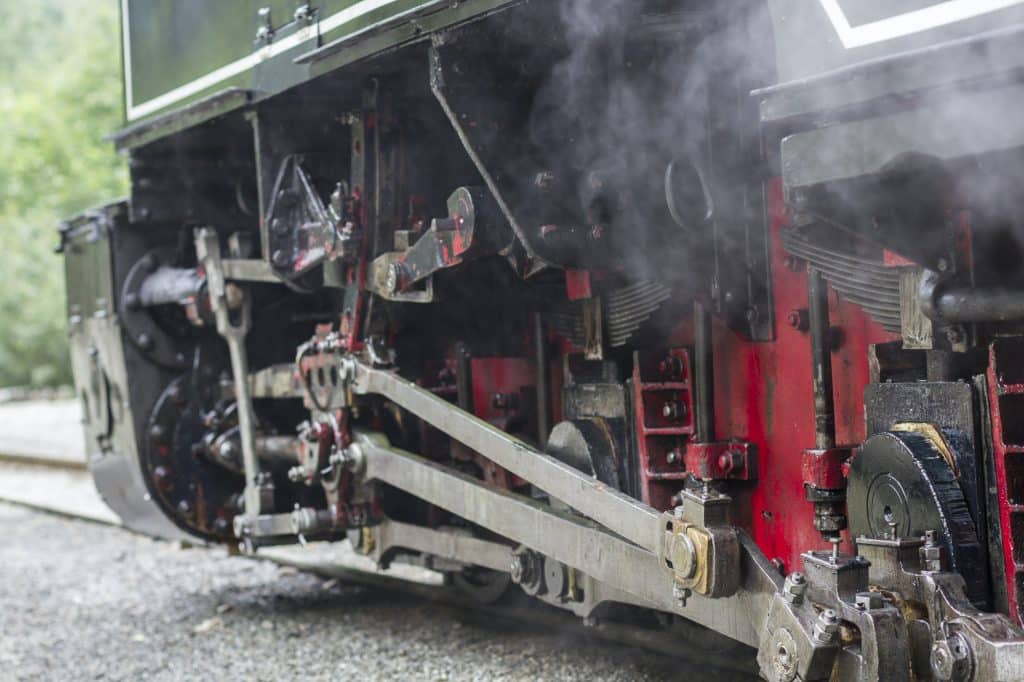
Second Industrial Revolution
After the first industrial revolution took the world by surprise and completely reshaped the economic world, the second industrial revolution quickly followed suit. It took place from 1871 and 1914 and completely changed the manufacturing and production sector. It was also the time of railroads and the widespread use of the telegraph. There were large-scale manufacturing as well as quicker ways of message delivery and transportation.
Third Industrial Revolution
The third industrial revolution is also known as the digital revolution. After the global use of machinery, the world started to evolve further and came to digital electronics. The initial work on it started in 1947, but the main revolution began in 1969 when the Internet was invented, and home computers were introduced to the world.
We have seen many inventions such as the television, mobile phones, smartphones, laptops, and various other smart devices from then onwards.
Final Thoughts
Industry 4.0 has been going around for about a decade now, and it has been changing the world and increasing efficiency all around. The uses and aspects mentioned above barely scratched the surface of this industrial revolution’s true potential. Since it is only the first decade and all previous industrial revolutions took their shape in many decades. One cannot comprehend the limits that industry 4.0 can reach because it is still a developing situation. But the new inventions will benefit all fields of technology in the future.

